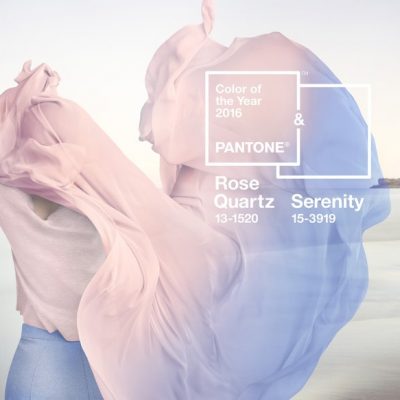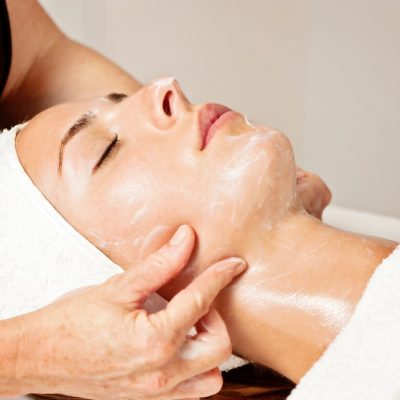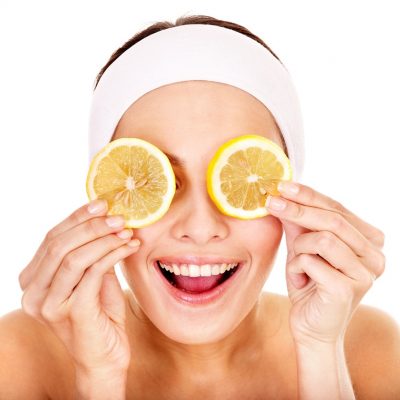HAIR COMPOSITION. WHAT IS KERATIN?
Human hair is an appendage which grows from follicles, tube like sacs in the scalp or skin containing the hair root. The hair that we cut, relax, color, and style is a non-living fiber comprised of keratinized protein. Within the hair follicle, cells are produced. These cells mature in an upward moving process through the follicle. This maturing process is known as keratinization. During keratinization cells absorb keratin, a fibrous protein. As the cells continue to move upward they lose their nucleus and die off, producing the non-living keratinized cells (appendage) that emerge from the scalp.
Hair is comprised of many contributing factors. Proteins, raw elements, amino acids, and bonds work together in forming hair fiber. The dominant contributor in the composition of hair is protein, accounting for 91 percent of hair fiber.
Amino acids, the building blocks of protein, are made up of COHNS elements, (Carbon, Oxygen, Hydrogen, Nitrogen and Sulfur).
The percentage of COHNS elements in hair is as follows:
| ELEMENT |
PERCENTAGE IN NORMAL HAIR |
| Carbon |
51% |
| Oxygen |
21% |
| Nitrogen |
17% |
| Hydrogen |
6% |
| Sulfur |
5% |
These elements form bonds called side bonds which link together the long chain of amino acids known as the polypeptide chain. This chain forms a helix by creating spiral movement that intertwines.
The following are the amino acids and the percentage found in hair fiber:
| AMINO ACID |
PERCENTAGE IN NORMAL HAIR FIBER |
| Cysteine |
17.5% |
| Serine |
11.7% |
| Glutamic Acid |
11.1% |
| Threonine |
6.9% |
| Glycine |
6.5% |
| Leucine |
6.1% |
| Valine |
5.9% |
| Arginine |
5.6% |
| Aspartic Acid |
5.0% |
| Alanine |
4.8% |
| Proline |
3.6% |
| Isoleucine |
2.7% |
| Tyrosine |
1.9% |
| Phenylalanine |
1.4% |
| Histidine |
0.8% |
| Methionine |
0.5% |
Millions of polypeptide chains reside in the cortex layer. Side bonds such as hydrogen bonds, salt bonds and disulfide bonds link together these polypeptide chains. Hair fibers are held in place by the side bonds which attribute to the elasticity and strength of hair.
A hydrogen bond can easily be broken by water or heat, and is a physical side bond. Collectively, hydrogen bonds account for one-third of hair’s strength.
Salt bonds are also physical side bonds. Strong acidic or alkaline solutions break salt bonds because they are affected by changes in pH. Like hydrogen bonds, salt bonds also account for approximately one-third of hair’s strength.
Disulfide bonds differ from hydrogen and salt bonds because they are not physical side bonds. Disulfide bonds are chemical side bonds. Disulfide bonds link together two sulfur atoms attached to cysteine amino acids within the polypeptide chains. Chemical hair relaxers and permanent waves chemically alter the hair’s disulfide bond. Disulfide bonds cannot be broken by water or heat.





